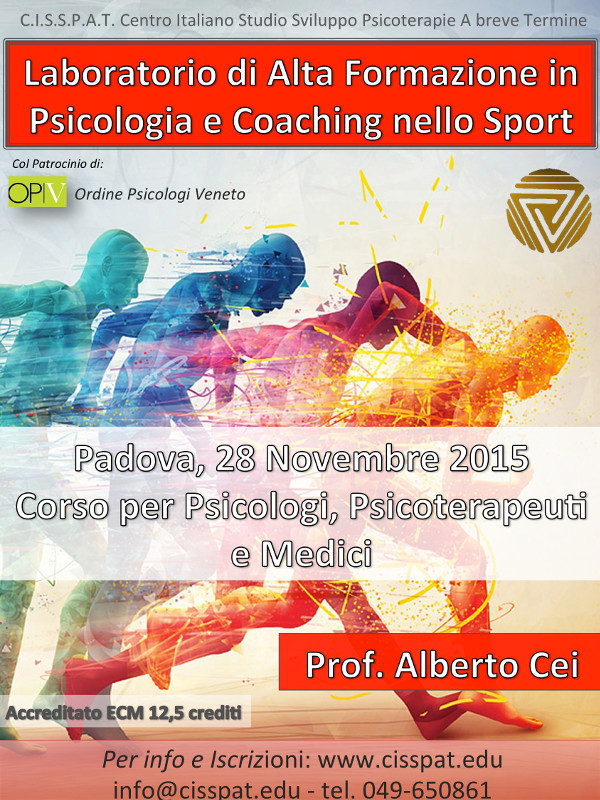Physiology of Sport and Exercise
(Sixth Edition)
W. Larry Kenney, Jack H. Wilmore & David L. Costill
Human Kinetics, 2015, p.627
www.humankinetics.com
Physiology of Sport and Exercise, Sixth Edition With Web Study Guide, frames research findings in physiology in a reader-friendly format, making this textbook a favorite of instructors and students alike. This resource offers a simple way for students to develop an understanding of the body’s abilities to perform various types and intensities of exercise and sport, to adapt to stressful situations, and to improve its physiological capacities.
I agree with these Publisher words and going back to my job as sport psychologist I believe that each colleague, young or with more years of practice, could significantly enrich his/her professional expertise reading this book. For this reason I believe that its weak side is in the brief space devoted to the relation between the Central nervous system, the Autonomic nervous system and the other physiological functions. Concerning this topic to provide a more specific psychophysiological knowledge could be very useful for all working in sport and exercise to fully understand the relation between mind and body. Globally the book treats the main topic of sport and exercise physiology. It’s divided in seven parts concerning: exercising muscle, cardiovascular and respiratory function, exercise training, environmental influences on performance, optimizing performance in sport, age and sex considerations in sport and exercise, physical activity for health and fitness. For the sport psychologists contains a world of relevant information. The first are related to the main concept that usually are in coach and athlete words, like VO2max, lactate, regulation of carbohydrate metabolism, kcal/min, blood lactate concentration, aerobic exercise, glycogen depletion, peripheral or central fatigue, acute exercise, HRmax and so on. Psychologists have to know the meaning behind these words to stay on the same track with them. Second from part 3 to 7 all these sections aspects of sport and exercise that can have an impact also on the practice of our colleagues. For instance part 6 is totally devoted to the sport and exercise through the different phases of our life. The same it can be said for part 7, here the topic is the prescription of physical exercise to recovery and reduce specific pathology and to improve the wellness in the population. For these reason I recommend this book to my colleagues in sport psychology.
Written by a team of distinguished researchers, all past presidents of the American College of Sports Medicine, this updated sixth edition has been enhanced with new elements to facilitate learning comprehension. The redesigned photos, illustrations, and medical artwork of the fifth edition that clarified difficult concepts and illustrated how the body performs are now complemented by new digital components. Seven animations have been added, bringing the total to 25 and providing a dynamic way to experience course material. The 60 audio clips provide explanations of complex physiological processes to aid students’ understanding of important illustrations in the text, and 29 video clips from leaders in the field discuss recent developments and real-world applications to help students connect theoretical and practical concepts. Corresponding icons throughout the text notify students when digital elements are available to complement the materials.








